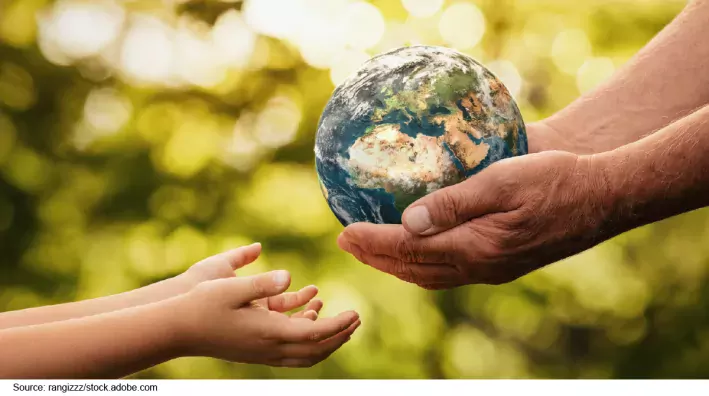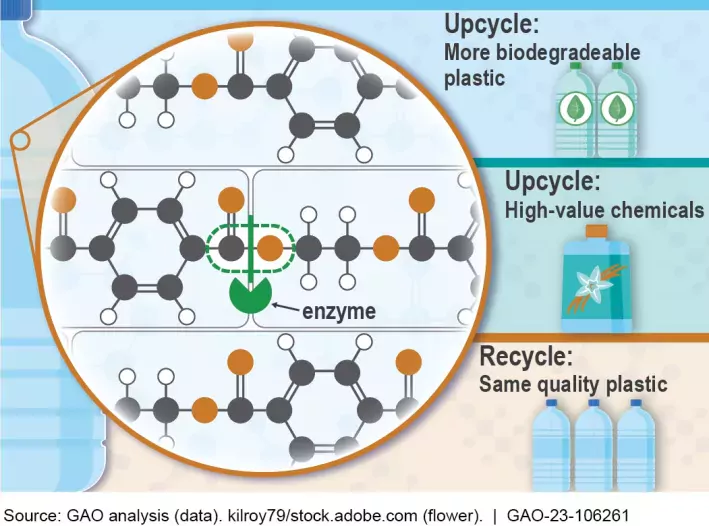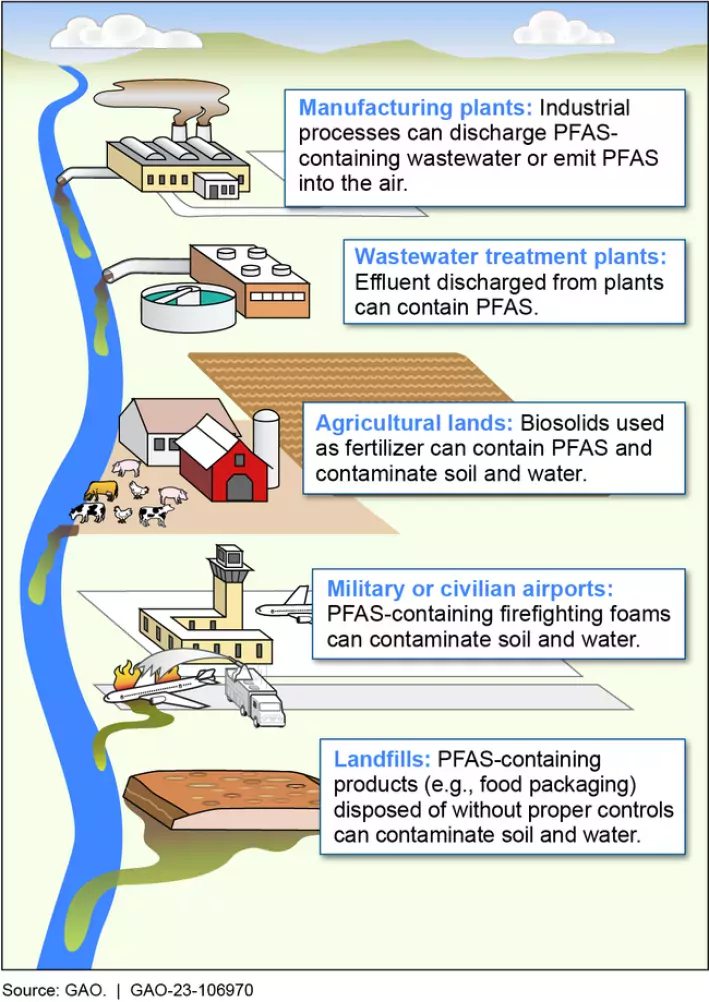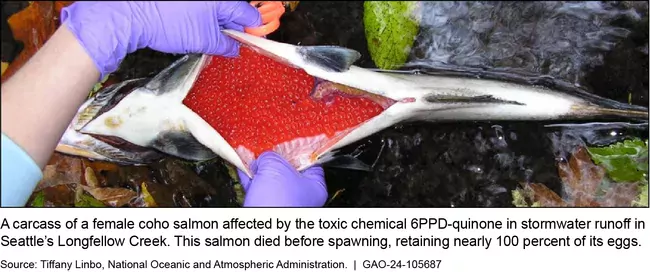For Earth Day (April 22), We Examine Some of Our Work on Challenges Facing The Planet
From sparkling oceans to breathtaking mountain views, Earth has a lot of beauty to offer—and it’s our only home, so taking care of it is incredibly important. Pollution and water contamination can threaten not only the health of the planet, but the health of those who inhabit it.
In honor of Earth Day (April 22), today’s WatchBlog post looks at some of our work on challenges facing the environment and changes being made to combat them.
Image

Could biorecycling help keep plastic out of landfills?
This year’s Earth Day theme is “Planet vs Plastic,” and it’s no surprise. People around the world generated more than 350 million tons of plastic waste in 2019, and very little of it was recycled. Biorecycling may be an option for addressing this issue.
Our Science & Tech Spotlight on biorecycling looked at some of the new technology that may help address this problem. Biorecycling utilizes microbes—such as bacteria and fungi—to break down certain kinds of plastic waste into reusable material through naturally occurring enzymes. This could also help promote a circular economy, with plastic waste continuously used to produce new products and our dependence on fossil fuels decreased. It could also mean less plastic in landfills and waterways.
Image

But despite the potential benefits, this technology faces some challenges. For example, the cost of biorecycling could be even more than the already expensive process of recycling plastics. Additionally, biorecycling has limited application—meaning only some kinds of plastic waste could be managed through the process.
Contaminated water can lead to health concerns
It’s not just plastic and trash that pollute our waterways, it can also be toxic chemicals that are in items we use every day. Things like non-stick cookware, certain firefighting foams, and waterproof clothing often use synthetic chemicals called per- and polyfluoroalkyl substances—or PFAS, for short.
PFAS can serve important functions, but they can also create hazardous situations when they are absorbed into the ground and drinking water. Water that has been contaminated by PFAS can lead to health concerns, possibly effecting the thyroid and kidneys, as well as fetal development. Because of the risks to human health, it’s important that water is tested, and that the communities exposed to PFAS contamination are notified when their water quality is affected. In our prior work, we looked at how EPA could help tackle the public health risk posed by PFAS by conducting a nationwide analysis of PFAS contaminated water.
You can learn more about PFAS and our recommendations to manage exposure by visiting our Snapshot report on the issue.
Examples of How Per- and Polyfluoroalkyl Substances (PFAS) Enter the Environment
Image

The impacts of poor water quality on humans and animals
Chemical runoff can contaminate our drinking water and has impacted some species already vulnerable to environmental changes. In November, we reported that decreased water quality in the Puget Sound—along the northwest coast of Washington state—had significant negative effects on the salmon species, including those that are already considered endangered.
But it isn’t just the salmon that suffer from contaminated water. Commercial and recreational fishing are a huge part of the Puget Sound’s economy. The damage done to these fish populations could mean less food and fewer job opportunities for people living in the area. Prioritizing cleanup efforts is an important step in protecting the salmon, and the people who depend on them.
Puget Sound Coho Salmon That Died Following Exposure to Stormwater Runoff
Image

While the challenges to our planet can seem overwhelming at times, many agencies and organizations are working hard to address them. Our work looks at ways to improve these efforts. Learn more by checking out our portfolio of work on Natural Resources and the Environment.
GAO’s fact-based, nonpartisan information helps Congress and federal agencies improve government. The WatchBlog lets us contextualize GAO’s work a little more for the public. Check out more of our posts at GAO.gov/blog.






